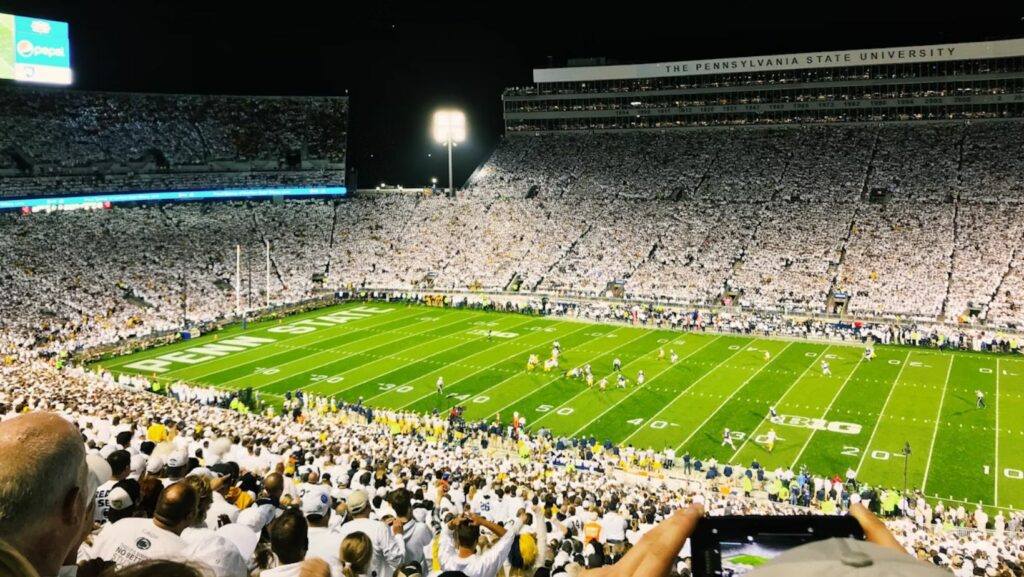Every NFL Sunday, fans tune in for the touchdowns, the rivalries, and the drama. Yet behind every kickoff lies another contest; one fought not on the field but in the sportsbooks. It’s the silent tug-of-war between the betting public and professional sharps.
Most casual bettors don’t realize how much their collective choices shape the odds they see. At the same time, sharps are waiting in the wings, ready to pounce when public enthusiasm tips the scales. Understanding this dynamic doesn’t just make you a smarter bettor; it gives you a new way to experience the NFL season.
Who Are Public Bettors and Why Do They Matter?
The public represents the majority of casual bettors. Their behavior may seem predictable, but their sheer numbers make them powerful.
Public bettors often ride the wave of emotion. If a team just won in prime time, expect money to pile onto them the following week. Media narratives, big-name quarterbacks, and highlight-reel plays all influence decisions more than raw data.
Public bettors also lean toward favorites and overs. The Cowboys, Chiefs, and Packers are perfect examples of franchises that draw heavy public money regardless of circumstance. After all, it’s more fun to root for points and superstars than grind out an underdog cover or a low-scoring slugfest.
While individual bets might be modest, when millions of fans follow the same instinct, the collective impact moves markets. On marquee games, especially Sunday and Monday nights, this effect is magnified. Lines often drift a point or two simply because the public can’t resist betting on the team they just watched dominate.
Inside the Sharp Playbook
If the public bets with their hearts, sharps bet with their spreadsheets. These seasoned professionals approach the market with discipline and precision.
How Sharps Find Value
Sharps are constantly looking for value. They compare their own models and projections against posted odds, hunting for discrepancies.
If their numbers say a team should be a 2-point favorite and the sportsbook lists them at +3, they see an opportunity. They reinforce this approach with strict bankroll management and market specialization. They do not chase losses and attack only when the numbers line up.
Why Sharps Wait for Public Overreaction
Not every sharp bet happens early in the week. Many prefer to wait until the public has pushed a line too far, creating inflated odds on the other side. For example, if fans overwhelmingly back the Chiefs and push them from -3 to -5, sharps may see value in grabbing the Patriots at +5.
The result is a strategy that looks almost contrarian compared to the public’s enthusiasm. In many ways, that’s the point.
When Public and Sharps Collide
This is where the betting market gets interesting. Public bias drives the line in one direction. Sharps, seeing inflated numbers, strike back in the opposite direction. When the public and sharps disagree, sportsbooks are caught in the middle, adjusting lines to keep action balanced on both sides. The clash creates fascinating swings for anyone tracking odds movement.
Take the Chiefs vs. Patriots example. Suppose Kansas City opens at -3. The public piles on, convinced Patrick Mahomes will light up New England. The line drifts to -5. At that point, sharps jump on the Patriots, believing the market has overcorrected.
To the casual fan, the final score matters most. To those following the market, the story was written days before kickoff, on how the line moved. Fans tracking shifts like these can see just how quickly the market adapts by following FanDuel Sportsbook lines, where movement often reveals the split between public sentiment and sharp money.
Reading the Lines: What Movement Tells You
For fans and bettors alike, line movement offers clues about who’s shaping the market.
Early vs. Late Shifts
Early movement often points to sharp activity, as professionals strike fast if they see an opening line that doesn’t match their projections.
Late movement, on the other hand, tends to come from the public, with casual bettors waiting until closer to kickoff to place their wagers.
Reverse Line Movement
Sometimes, the line shifts against the majority of bets. If 70% of wagers are on one team but the spread moves in favor of the other, that’s a signal that sharp money is coming in strong. Sportsbooks respect sharp bets more because of their size and accuracy, so the market responds.

For readers who want to go deeper into weekly breakdowns of NFL game matchups and prop insights, exploring line movement alongside player props provides a fuller picture of how the market is reacting.
Cultural Impact: Why the Divide Adds to NFL Drama
The public vs. sharps storyline has become part of NFL culture. Odds movement is now discussed on pregame shows, debated on podcasts, and dissected on social media. Fans track lines as closely as injury reports or playoff scenarios.
This cultural shift reflects how the NFL has embraced betting as part of the fan experience. Following whether the sharps or public are winning the week adds a second layer of drama to Sunday afternoons. It’s no longer just about whether the Ravens beat the Steelers; it’s about whether the public backed Baltimore too heavily, leaving value on the Pittsburgh side.
Seeing the NFL Through Two Sets of Eyes
The beauty of the NFL betting market lies in its ability to reflect two distinct mindsets. The public bets with passion and belief in their teams. Sharps bet with logic and discipline. Together, they create the constantly shifting landscape that keeps sportsbooks on their toes.
For fans, following this push and pull makes the season even more compelling. Each line tells a story about media narratives, public enthusiasm, and sharp corrections.
Understanding those stories doesn’t mean you’ll suddenly think like a pro. It means you’ll watch the game and the odds with a richer appreciation of everything happening behind the scoreboard.



